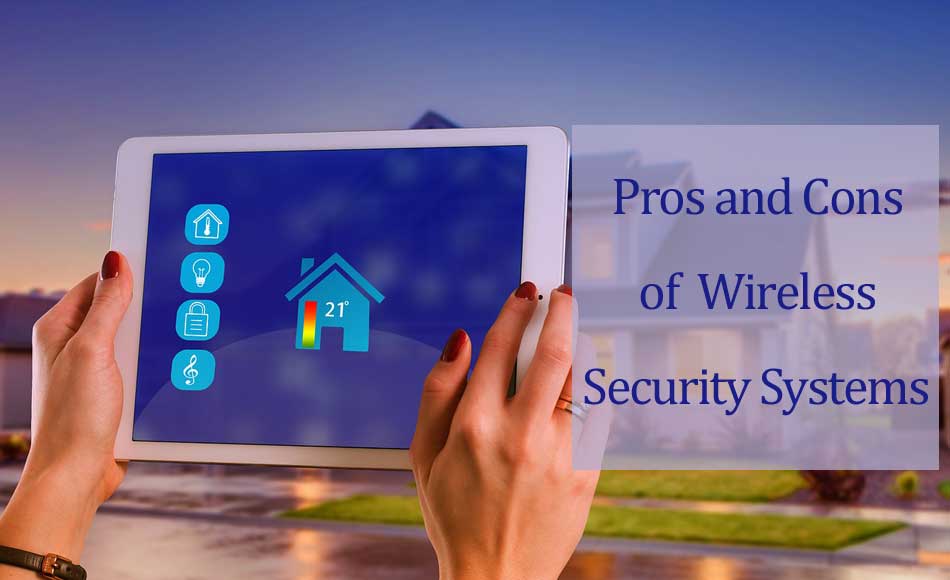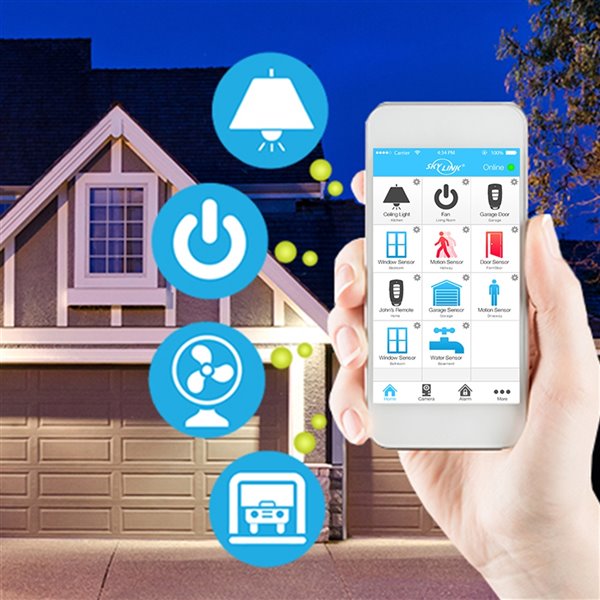Pros and Cons of Home Security
Systems
There are pros and cons to installing a security system in your home cctv system. Wireless
systems are generally less vulnerable to intruders. However, you should know that
most security systems are not backed by robust security schemes, making them
easily manipulated. Some pros and cons of home security systems include upfront
payment and difficulty of installation.

Wireless security systems are less vulnerable to
intruders
Wireless security systems have several advantages over wired systems. For one,
they don’t require drilling holes to install. Many are also portable, allowing you to
move them to another home if you move sgcctv. They also integrate with home automation
systems, such as smart locks, lights, and thermostats. They can also be controlled
remotely from a mobile application. Additionally, wireless security systems can be
operated through cellular networks, making them less vulnerable to power outages
and other interruptions.
Wireless security devices are updated with firmware updates. Just like cell phones,
wireless security devices get regular updates to stay up to date. This means that
they won’t quickly become outdated, as long as manufacturers are aware of new
threats.
Self-monitored security systems are easier to use
There are several benefits to self-monitored security systems. One is that they do
not require monitoring services, which can be expensive. Another benefit is that you
are in control of when you report an alarm. Self-monitored systems also allow you to
take charge of the situation and determine whether or not to call for help.
Self-monitored security systems are also more affordable than professionally
monitored systems. These systems do not require you to have a technician in your
home all the time and can be moved easily. The downside of self-monitored security
systems is that they may not have as many backups as professionally monitored
systems.

Unmonitored security systems include smoke
detectors
The first thing you need to consider when choosing a security system is whether you
want to go with a monitored or an unmonitored model. A monitored system
connects to a professional monitoring company that will take action if there’s an
emergency. This is an excellent option if you’re away from home a lot or need peace
of mind. On the other hand, an unmonitored model relies on the property owner to
respond to alerts when they occur, which can leave you unprotected.
Unmonitored systems are less expensive than monitored ones, but they don’t have
the same benefits. Monitoring companies have a dedicated team that will respond to
an emergency if your system is triggered. Typically, monitored systems have
medical kits prepared in case of a medical emergency, but unmonitored systems are
not required to have such medical kits on hand.
Self-monitored systems require upfront payment
Self-monitored security systems are the latest trend in home security, and they are
growing in popularity. These systems do not require monthly fees or long-term
contracts. You can purchase the system and pay for it upfront. In return, you own
the equipment and can move it whenever you want.
Some self-monitored home security systems can be installed by a do-it-yourself type
of person, though many systems require professional installation. They may also
require a subscription for access to camera footage or a smartphone app, although
most of these systems are free or only cost a few dollars per month.
Cost of installing a wired security system
The installation and activation fee for a wired security system varies based on the
type of system and brand you choose. While some systems don’t charge for
activation, others can run up to $300. When deciding on a wired security system,
you should keep in mind that it may require a professional installer and a large
budget.
The cost of labor is also a factor. It can vary significantly from town to town and
region to region. The cost is also determined by the risk involved in installation. The
installation process involves installing wires that run throughout the home. In
addition, wired systems require a lot more cable than wireless systems and may
require drilling and conduit in walls.